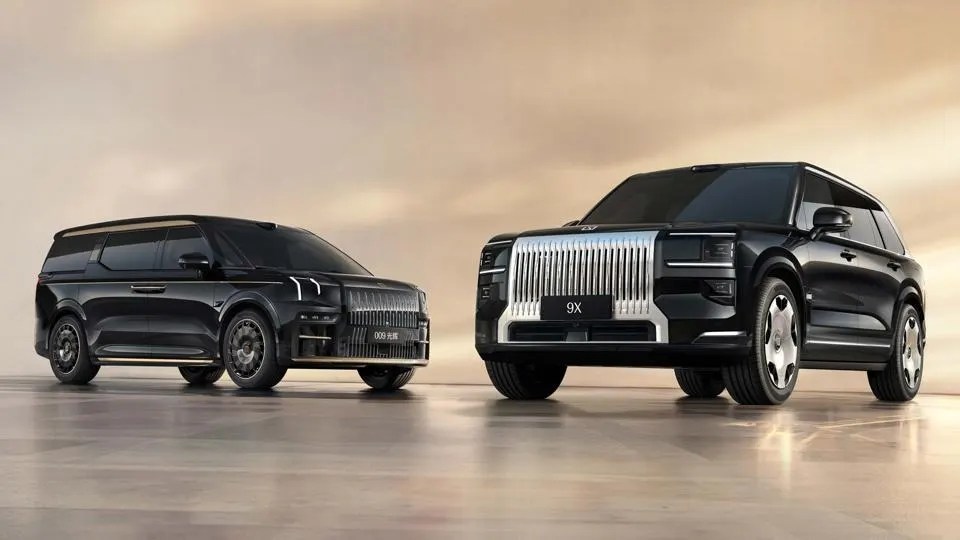
Bathrooms are getting larger, more spa-like and better lit.
Designer: Jon Willis / (c) National Kitchen & Bath Association 2025 Bath Trends Research Report
A bathroom remodel – especially for a primary suite – is a major undertaking with tremendous wellness potential for its users. Done well, it can also offer strong resale potential for your home. That’s why it’s worth paying attention to what professionals are doing with their clients. And why I always pay attention when the National Kitchen & Bath Association, a trade organization with 55,000 designer, dealer, remodeler, installer, manufacturer and other industry pro members, releases its annual trend findings. (In the interest of disclosure, I’ve been an NKBA member for close to two decades, but it’s merely one of several leading associations I source for research.)
The 2025 Bath Trends Report (free to the press and NKBA members,and available for sale to others) was just released on November 18, and you probably won’t be surprised to learn that wellness design again plays a strong role in the findings, gathered from 500 survey respondents*.
Here are five of the wellness-related trends cited in the responses and the reasons why they should be on your bathroom project consideration list. I didn’t find any of them surprising, particularly in our post-pandemic realities where more individuals are savvy to the links between home and health and more focused on the value of their personal time and energies.
1. Wellness Retreat Approach
It’s definitely on trend that 90% of the respondents said their homeowner clients want their primary bathrooms to be a retreat from the outside world where they can relax and recharge. This was inspired, in part, by homeowners relating their desire to bring home resort bathroom features – a trend I’ve personally observed in clients for the past 20 years! A healthy 72% of clients are using their showers for rehab, thus including features like steam, chromotherapy and aromatherapy. Soaking tubs were also popular for healing and recovery, 70% of survey respondents reported.
2. Increased Room Size
If it seems like bathrooms are getting larger, it’s not your imagination. Homeowners are looking to increase their space – primarily by removing tubs to increase shower size (53% response) and taking down walls (42%) to expand the room’s footprint. One notable trend is the double user focus shown by respondents. Some examples include double vanities (61%), larger showers that fit more than one person (59%), and/or double shower heads (67% – the most popular shower configuration).
3. Increased Lighting
Good bathroom lighting is the difference between a smooth shave and a sharp nick, a sleek eyeliner application and an unintended smudge. Getting it right continues to be a top consideration for bathroom design with a strong desire to create both task and mood lighting and maximize natural light.
Survey respondents agree that the two top considerations in bathroom design are lighting quality (96%) and natural light (93%). More than half (55%) of the designer respondents agree that homeowners’ top lighting goal is health and wellness. A whopping 81% agree that skylights, windows, and doors are increasingly desired in bathrooms to let in more natural light.
4. More Customisation
Homeowners are seeing more custom solutions in their primary baths, from technology to storage, the report shows. According to 83% of surveyed pros, homeowners are seeking vanities with storage modules that can be customized to their personal needs. As a nod toward the ubiquity of smart phones and tablets everywhere, 79% agree that integrated power outlets are becoming standard.
Some increasingly popular features offering customized solutions and spa-like experiences are becoming more in-demand, including smart toilets (57%), showers (59%), motion-controlled lighting (67%), and heated flooring (57%).
5. Low Maintenance
I believe this trend is also a result of the pandemic encouraging homeowners to make low maintenance choices in their bath project materials. The surveyed pros shared that homeowners are citing “easy to clean” as a top priority for showers (55%), flooring (81%), countertops (76%) and sinks (72%). A noteworthy 84% of respondents agree that there will be increased demand for smart-cleaning toilets, leaving more time for relaxation and decreasing overall stress. After all, who wants to spend their precious free time cleaning more.
* The surveys were conducted online among 500 NKBA members and targeted occupations including designers (58% of responses), showrooms and dealers, specialists, manufacturers, kitchen and bath remodelers/contractors and architects. Surveys were then augmented with a third party sample interviewer-administered survey.


